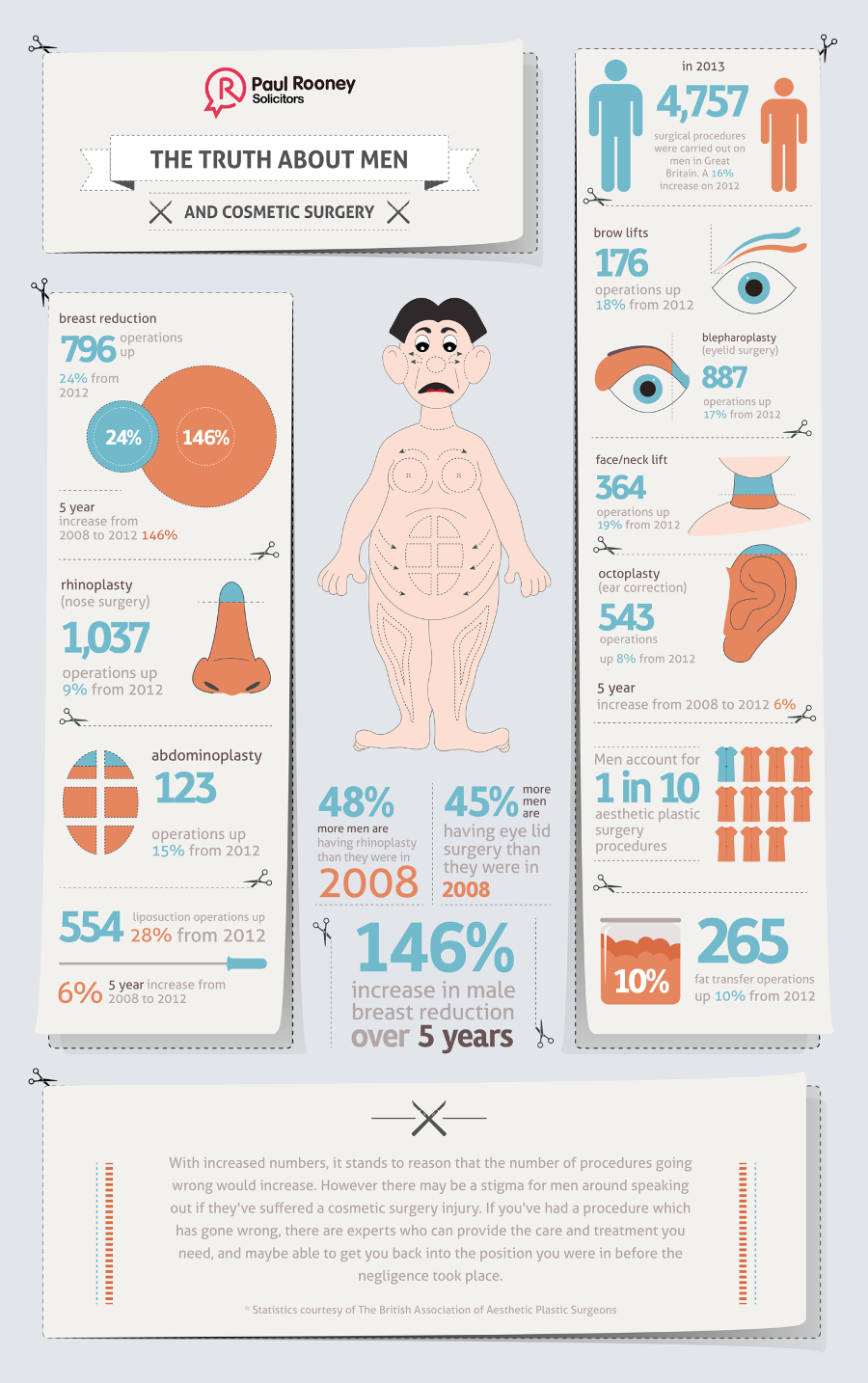How To Track Acne Triggers In Your Diet
How To Track Acne Triggers In Your Diet
Blog Article
Sources of Acne on Cheeks
Acne outbreaks in the cheek area are set off by many points, from touching your face often to not changing your pillow case commonly enough. Picking at imperfections enhances your risk of infection and scarring, and specific drugs can aggravate dark areas (postinflammatory hyperpigmentation).
Fortunately, there are many ways to prevent and treat cheek acne. These include:
1. Hormonal Changes
Acne is largely caused by hormones, especially those produced throughout the age of puberty and maternity. For some, a family history of acne might additionally add to their problem. Anything that blocks pores, such as oil-based skin care products or waxy hair products, can trigger acne. Various topical therapies, like benzoyl peroxide and salicylic acid, can deal with microorganisms and unclog pores. Those with serious or chronic acne ought to seek treatment from their medical professional.
Stay clear of touching or pressing your acne, as this can press some of the bacteria deeper into the skin, leading to an extra extreme breakout. It is likewise essential to change pillow cases consistently and make use of tidy make-up brushes. You ought to also try to stay clear of toxic irritants such as rubbing from wearing a helmet or limited collar.
2. Diet regimen
The oily, sugary foods that many people think trigger acne might really refrain from doing so. In fact, studies have actually shown that eating a diet abundant in whole, nutrient-dense foods helps to prevent outbreaks.
Foods high in the glycemic index (such as white bread, corn flakes, blew rice and potatoes, doughnuts and other breads) elevate blood glucose levels promptly, and this can boost hormones that increase oil manufacturing and cause acne.
Consuming cow's milk has additionally been connected to enhanced acne outbreaks. If you are a normal cow's milk drinker, you might intend to try switching to low-fat or nondairy choices that are strengthened with calcium. Additionally, drinking even more water can assist to reduce acne due to the fact that it assists to keep the skin hydrated.
3. Excess Oil
While oil is crucial for healthy and balanced skin, it can end up being a problem when way too much sebum combines with dead skin cells and obstructs pores. This combination can develop blackheads, whiteheads and acnes. The clogged pore wall surface can break down mesotherapy treatment and spill germs, dead skin cells and sebum into bordering skin. This results in a red bump called a pimple. Sometimes these red bumps have pus in the facility from a bacterial infection. Bigger contaminated bumps that look like acne are called cysts.
There are several things that can create excess sebum and stopped up pores, including hormonal agent changes, diet regimen and everyday habits. Some instances include touching the face regularly, resting your hand on your cheek, using filthy makeup brushes and not altering pillowcases consistently.
4. Tension
If you're dealing with throbbing acnes or a multitude of blackheads and whiteheads, it may be time to speak to a dermatologist. They can advise an effective therapy that suits your skin kind. Practicing leisure and stress-reduction techniques likewise helps.
Acne can happen in the cheeks due to rubbing and pressure, such as when an individual touches their face frequently or uses a hat or sporting activities helmet that scrubs versus the skin. It can also show up where greasy cosmetics and creams rub against the skin.
Stay clear of squeezing acne, as this can press infected product deeper right into the skin and result in scarring. Rather, see a doctor to discover preventative treatments like medicine, skin treatment products and way of life changes. Eating a healthy diet regimen of whole foods, getting 7 to nine hours of sleep and making use of noncomedogenic makeup and skin care products can all help reduce acne outbreaks.
5. Hair Products
Hair products are not normally taken a reason for outbreaks, but they can add to acne on the cheeks in some individuals. Pomade acne, which is characterized by little shut comedones and papulopustules, is typically brought on by the use of oily hair products which contain comedogenic ingredients such as specific oils and acetylated lanolin.
Picking hair items that don't consist of these possibly comedogenic components is a vital step toward lessening outbreaks. Also, making certain that hair products aren't being available in contact with the skin can aid protect against breakouts. For instance, putting on a scarf or bonnet in the evening can restrict hair-to-face call and reduce the probability that leave-in hair items will certainly rub off onto the face.
In addition to making use of a non-comedogenic cream and washing with an acne face wash, other handy strategies include: